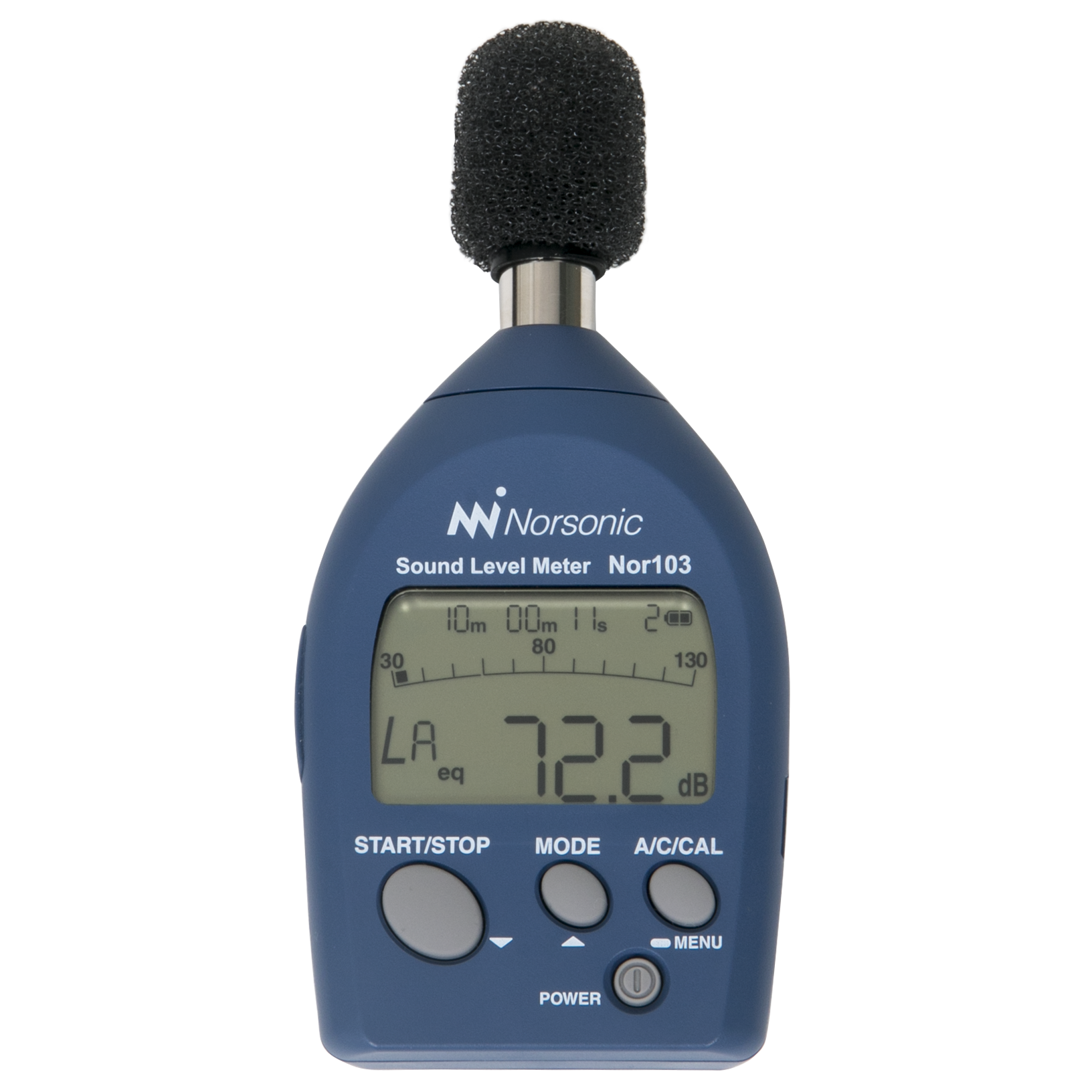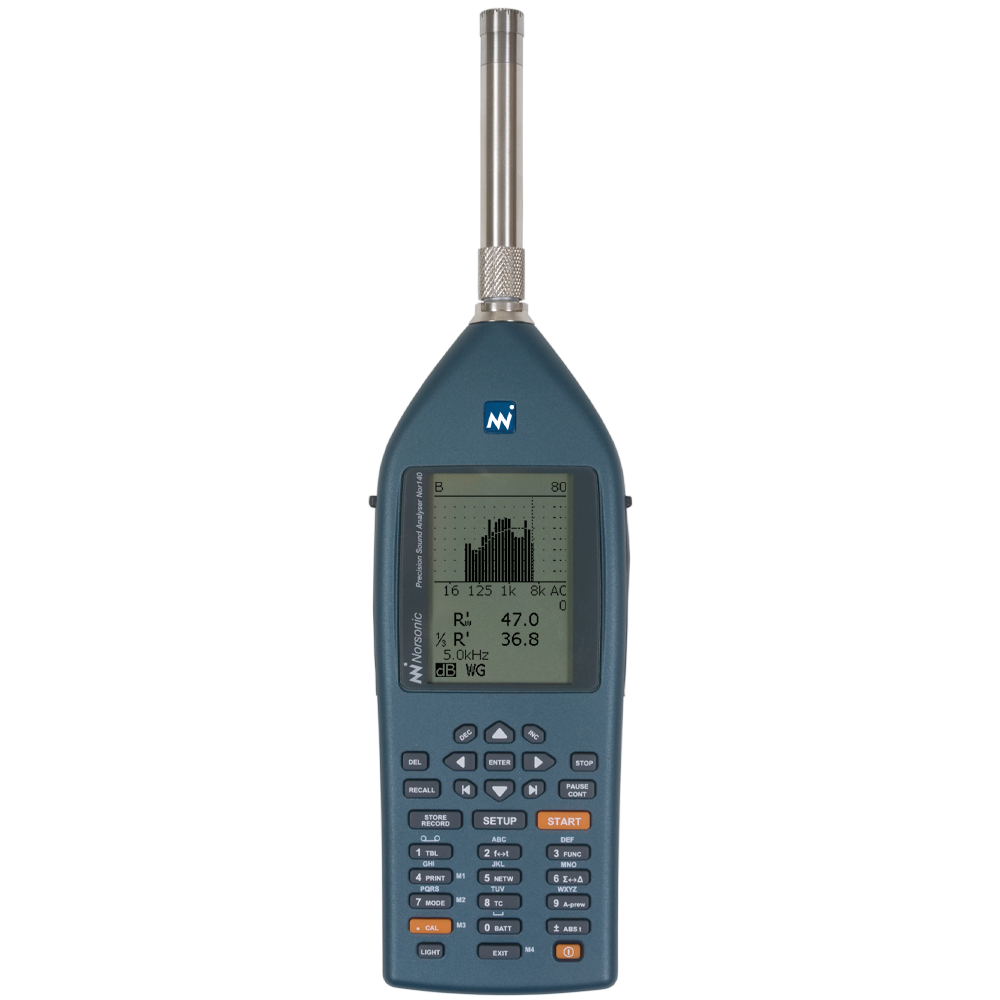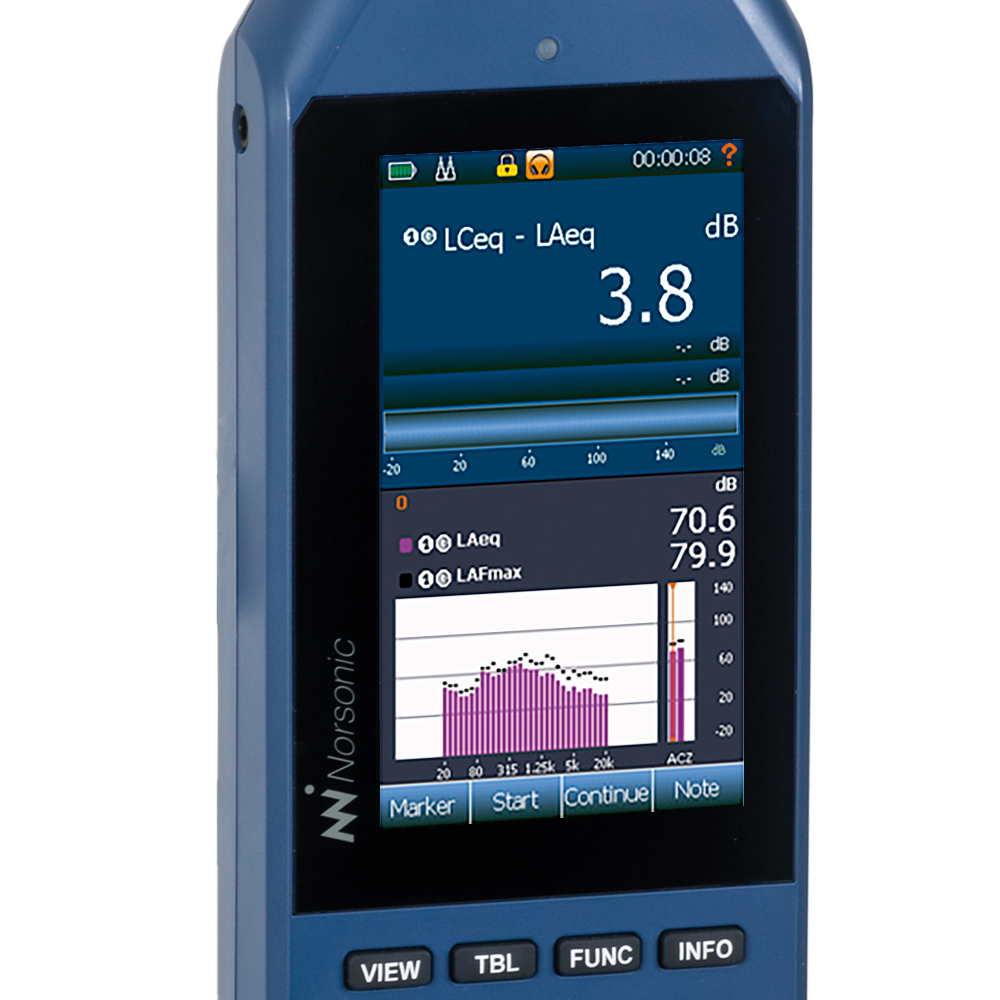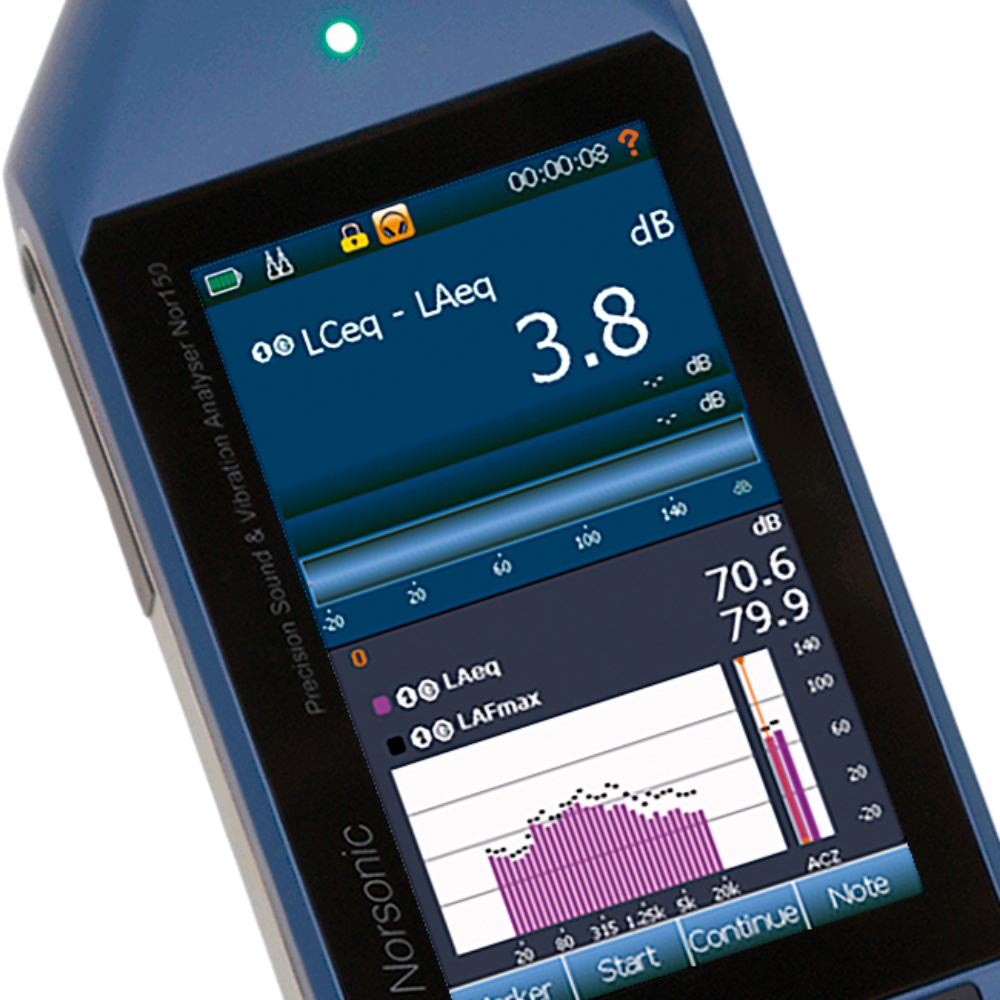- © 2025 Norsonic
- Privacy policy
- Created by NYG
Noise at Work
Noise at work can damage people’s hearing and lead to risks to health and safety. Employers have a legal duty to protect the hearing of their employees. You may have a noise problem in your workplace if people have to shout or having difficulty being heard clearly by someone about 2 metres away. In addition to causing noise-induced hearing loss and tinnitus, noise can create stress and be a safety hazard at work interfering with communication.
Previously accepted action levels by noise at the workplace have been reduced by EU-Directive 2003/10/EC . These noise exposure levels require employers to take certain steps to reduce the harmful effects of noise on hearing.
The first step is to carry out noise assessments on a regular basis. Norsonic provides a variety of measurement solutions and reporting software for this application.
An important field of sound measurements is the field of occupational noise measurements. The primary concern here is measurements of the total noise and the noise exposure of human beings for health reasons. In these cases, emphasis is moved towards assessing the total noise level, irrespective of the number of sources and reflections involved. In addition the noise must be measured where the employee works. If he works in the near-field, measurements should be made in that near-field, regardless of the techniques used in other fields of acoustics.
The presence of other machines and reflecting surfaces becomes important when we decide to take measures to bring down the noise level, but also to determine whether one ear receives more energy than the other. If that is the case, measure at the one with the highest level or measure at both, but don’t make an average of the two measurements – in general, your task is to assess the hearing damage, which you’ll fail to do if you reduce the maximum level by mixing it with lower levels to create an average level.





